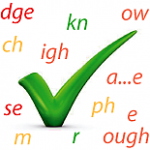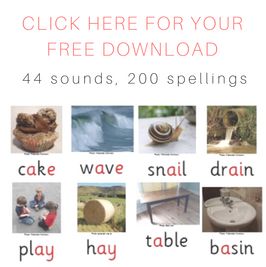How literate are Australians? Large-scale studies of grade four children, 15-year-olds, and adults suggest that far too many Australians are struggling with reading and spelling.
Progress in International Reading Literacy Study (PIRLS)
This study by the International Association for the Evaluation of Educational Achievement investigates fourth-grade students’ reading achievement.
The Australian Council for Educational Research (ACER) has published information about the Australian 2021 PIRLS data. Click here for their highlights document, or here for more details.
Australian kids’ average score in 2011 was 527. In 2016 it was 544 and everyone said ‘hooray!’ In 2021 it was 540, I guess because of the COVID pandemic. 80% of Australian kids achieved the intermediate benchmark (475 points), compared with 81% in 2016. Six countries got higher scores than Australia in 2021, while 28 scored lower.
Students with First Nations backgrounds scored 491 points on average, well below the average 547 points for students from other backgrounds. This gap has not narrowed since PIRLS began. Girls tended to score higher than boys. Kids in major cities scored higher (546) than kids living in provincial (527) and remote (485) communities. Kids in affluent schools scored higher (564) than kids in disadvantaged schools (508). 6% of kids nationally scored ‘below low’, which I guess is PIRLSpeak for functionally illiterate. Here’s a state/territory comparison, showing 29% of kids in the NT have ‘low’ or ‘below low’ skills:

Program for International Student Assessment (PISA)
This is an OECD assessment of 15-year-olds’ ability to apply learning to real-life situations, which started in 2000. 81 countries were involved in the 2022 study, with 13,437 Australian students participating.
ACER has a summary of the most recent findings here, which include this graph showing reading scores went up a little between 2018 and 2022, but reading, maths and science scores have all been trending down:

Programme for the International Assessment of Adult Competencies (PIAAC)
The Australian Bureau of Statistics started surveying adult literacy in 1996, with major reports then and in 2006 and 2013. Here’s a graph showing the 2013 percentage of adults at each literacy level:

The Information Access Group has descriptions of the kinds of literacy tasks required at each level. Of level 3 it says: “Texts at this level are often dense or lengthy, including continuous, non-continuous, mixed, or multiple pages. Understanding text and rhetorical structures become more central to successfully completing tasks, especially in navigation of complex digital texts.” They’re the kind of texts you encounter when trying to compare insurance and warranty options, rent or buy a home, deal with lawyers, the Tax Office, Centrelink, MyGov, the NDIS or MyAgedCare, run a small business or engage in the democratic process. About 44% of Australian adults can’t understand such texts. Why is nobody rioting about this?
Bafflingly, Australia didn’t participate in PIAAC 2023, despite a 2022 Parliamentary Inquiry recommendation “that the Australian Government immediately fund the broadening of data collection by the Australian Bureau of Statistics for the 2022 Programme for the International Assessment of Adult Competencies (PIAAC) survey and ensure all subsequent PIAAC surveys are appropriately funded“.
The 2022 Parliamentary Inquiry report into adult literacy can be found here. For a summary of the 2013 PIAAC data, see the ABS website.




[…] Literacy Statistics […]